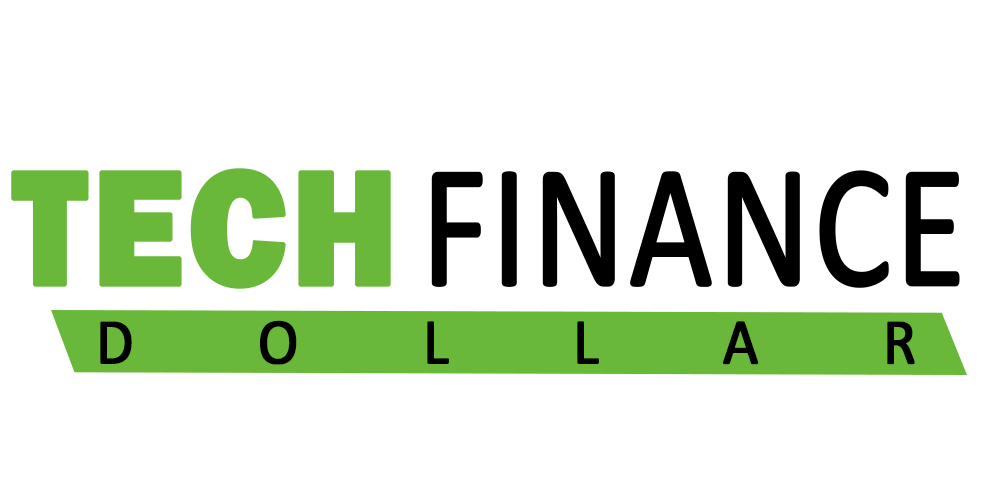What exactly is the main role of a Technology Transfer Office in terms of collaborative scientific research? It helps facilitate collaborative research by providing facilities and infrastructure that help facilitate scientific research in the field of technology transfer. To make things clear, it is impossible for any given entity involved in science to develop or build itself without involving all the other entities who have an interest or stake in the research being carried out. This interdependence on resources makes collaboration more difficult and is usually seen in the area of energy, climate change and engineering. Therefore, if the interests of different parties involved in scientific research are not in sync, progress in any given field will be less than ideal.
For example, if energy research is carried out at a University: it needs the collaboration of several other departments and laboratories besides just the University itself. Apart from this, there will be stake holders and companies involved, like the utility companies, who would need to be consulted on the possible future uses of the technologies being transferrable. At the same time, the governments at every level would need to be involved as they would want to ensure that the research being done contributes towards environmental protection. In effect, we can safely say that the main role of Technology Transfer Offices in the process of scientific research is to facilitate scientific collaboration.
The second main function is to ensure: that the technology transfer process does not hinder the development of new innovations. Some of the problems that could occur during technology transfers are loss of intellectual property rights, exclusivity of the innovation for a certain period of time and/or excessive costs. Another issue arises if the innovations are not of high enough quality or if the conditions of use do not allow the innovative technology to be put to full use. There could be a problem of patenting of the technology. All these issues need to be properly addressed by the technology transfer organizations and by the research organizations themselves.

Also, some innovations may have the potential to violate the existing patents: Thus the transfer process needs to be very carefully monitored. The major concern of the patents is also the access to the technology. In most cases, once the technology is transferred it is no longer controlled and thus there is potential for the unauthorized use of the technology. There may be some research institutes that insist on prior approval of the technology before it is transferred. This is another function that has to be fulfilled satisfactorily.
Another major role: that technology transfer plays is in the research and development activities. Since most of the inventions and innovations involved in technology transfer are developed by the R&D wing of the science and technology department of the university, it is very important that the interests of the various wings are adequately represented during the transfer process. Also, if the research wing is handling the technology transfer activities, then this sector needs to be well represented during the transfer.
There are many other important roles: that technology transfer plays in the industry. In most cases, it involves a transfer of one technology from one hand to the other. However, there can be other kinds of technology transfer activities as well. Therefore, it is very important for the industry to establish the main function of a technology transfer and to establish the roles of other relevant parties involved in such transfers.

